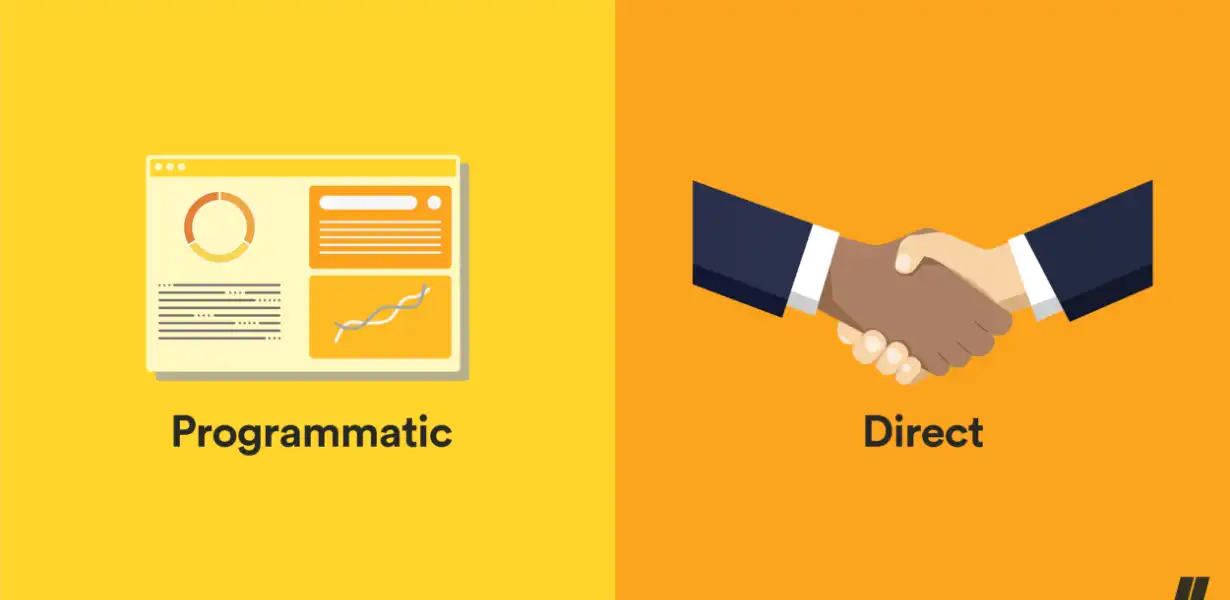
Simplifying Ad Buying: A Guide to Programmatic Direct in the Age of Data Privacy
- Post
- August 9, 2023
- Ad Serving Tech, Programmatic Advertising, Programmatic Direct
- 0 Comments
As the digital landscape evolves and data privacy concerns continue to take center stage, advertisers are finding themselves navigating a more intricate terrain when it comes to ad buying. Amidst these shifts, Programmatic Direct has emerged as a strategic approach that offers a streamlined solution for advertisers to target their audiences with precision while respecting privacy. In this comprehensive guide, we delve into the world of Programmatic Direct, exploring its benefits, implementation, and its alignment with the age of data privacy.
Unraveling the Concept of Programmatic Direct
What is Programmatic Direct?
Programmatic Direct, often referred to as “Programmatic Guaranteed,” stands as a bridge between traditional ad buying and programmatic advertising. This method allows advertisers to directly negotiate and purchase ad inventory from publishers through automated systems. Unlike traditional programmatic advertising, Programmatic Direct provides an added layer of control, enabling advertisers to reserve specific ad placements and secure inventory before a campaign begins.
The Advantages of Programmatic Direct
Enhanced Transparency
In an era where transparency is paramount, Programmatic Direct shines as a beacon of clarity. Advertisers gain insights into the exact websites and placements where their ads will appear. This transparency minimizes the risk of brand misplacement and ensures that advertisements align with the brand’s values and context.
Precise Audience Targeting
Programmatic Direct empowers advertisers to target their audiences with laser precision. Leveraging data analytics and machine learning algorithms, advertisers can identify and engage with their target demographics more effectively. This refined targeting optimizes ad spend and drives higher conversion rates.
Brand Safety Assurance
The rise of ad fraud and inappropriate content placements has prompted advertisers to demand better brand safety measures. Programmatic Direct addresses this concern by allowing brands to handpick their ad placements. This ensures that advertisements appear alongside reputable content, safeguarding the brand’s reputation.
Optimal Ad Placement Control
With Programmatic Direct, advertisers have granular control over ad placements. This control extends to factors such as ad format, placement frequency, and even the specific time of day an ad appears. Such customization fosters more engaging user experiences and increases the chances of capturing the audience’s attention.
Navigating Data Privacy in Programmatic Direct
Consent-Driven Targeting
In an age marked by stringent data privacy regulations such as GDPR and CCPA, Programmatic Direct aligns seamlessly with these requirements. Advertisers are compelled to secure user consent before utilizing personal data for targeting. This approach respects user privacy and builds trust between brands and their audiences.
Contextual Targeting
Programmatic Direct embraces contextual targeting as an alternative to invasive data collection. By analyzing the content and context of websites, advertisers can serve ads that are relevant to the user’s current browsing experience. This approach reduces the reliance on user data, mitigating privacy concerns.
Implementing Programmatic Direct: A Step-by-Step Approach
Define Campaign Goals
Before embarking on the Programmatic Direct journey, establish clear campaign objectives. Are you aiming to boost brand awareness, drive sales, or increase website traffic? Defining goals guides the entire ad buying process.
Identify Target Audience
Utilize audience segmentation to identify the specific demographics, behaviors, and interests of your target audience. This information will inform your ad targeting strategy.
Choose Appropriate Publishers
Select publishers whose audience aligns with your target demographic. Evaluate factors such as audience size, engagement metrics, and content relevance.
Negotiate with Publishers
Engage in direct negotiations with publishers to secure ad inventory. Clarify pricing, ad placement, and any customization options.
Set Up Tracking and Analytics
Implement tracking mechanisms to monitor the performance of your Programmatic Direct campaign. Analyze metrics such as click-through rates, conversion rates, and engagement levels.
Final Words
In the dynamic landscape of digital advertising, Programmatic Direct emerges as a strategic solution that harmonizes data privacy, audience targeting, and brand safety. By granting advertisers greater control and transparency, this approach redefines how brands engage with their audiences. As data privacy concerns continue to reshape the advertising landscape, Programmatic Direct stands as a testament to innovation that respects both user privacy and brand integrity.
Commonly Asked Questions
Q1. Is Programmatic Direct suitable for all types of businesses?
Programmatic Direct is particularly beneficial for businesses seeking precise targeting and greater control over ad placements. However, its suitability depends on campaign goals and budget considerations.
Q2. How does Programmatic Direct differ from traditional programmatic advertising?
While traditional programmatic advertising involves real-time bidding on ad impressions, Programmatic Direct allows for direct negotiations and reserved ad placements, providing enhanced control and transparency.
Q3. What role does data privacy play in Programmatic Direct?
Data privacy is a cornerstone of Programmatic Direct. Advertisers must secure user consent for targeting and can also utilize contextual targeting as an alternative to personalized data.
Q4. How can brands ensure brand safety in Programmatic Direct?
Brands can ensure brand safety in Programmatic Direct by handpicking ad placements and aligning with reputable publishers. This minimizes the risk of ad fraud and content misplacement.
Q5. What’s the future of Programmatic Direct amid evolving data privacy regulations?
Programmatic Direct’s future remains promising as it aligns with the growing emphasis on data privacy. Its consent-driven and contextually targeted approach positions it well for continued relevance and success.




